Aussie tourists overcome harmless twaddle
OperaAlastair Macaulay reviews the Australian Ballet’s second programme at the Royal Opera House:
As a dancer, David Hallberg was exceptional again and again. Though American-born, he trained in Paris, before becoming a principal of American Ballet Theatre in New York in his early twenties, then joining the Bolshoi Ballet in Moscow in his late twenties (again as principal), and then, despite one injury lasting more than two years, subsequently joining the Royal Ballet at Covent Garden as a guest principal while still in his mid-thirties. During the pandemic, he was appointed artistic director of the Australian Ballet, before his thirty-ninth birthday.
Now in the third year of that directorate, he has brought the Australians to Covent Garden, thirty-five years after their last season there. He has also made two speeches, from the old opera house’s stage, in which he has traced the Australian Ballet’s ancestry to two of British ballet’s most prestigious dames: Ninette de Valois and Peggy van Praagh.
On Sunday, introducing the company’s final gala-like programme, he showed gentle pride in naming the six living choreographers whose work was included in the matinee: Johan Inger, Justin Peck (resident choreographer to New York City Ballet since 2014 – his work had not been seen at Covent Garden until Sunday), Yuri Possokhov, Alexei Ratmansky, Pam Tanowitz, Alice Topp (the company’s Australian-born resident choreographer). For those of us who find Peck. Ratmansky, and Tanowitz the three most impressive choreographers active today on the international scene, this is an impressive sign of how Hallberg has been quick to bring the Australians into the forefront of twentyfirst-century ballet. These excerpts were the greatest points of interest in the anniversary programme.
Ratmansky was represented not by his own choreography (though he has created both for Hallberg the dancer and for the Australian company) but by part of his 2018 realisation, from the Stepanov notation, of Marius Petipa’s “Harlequinade” (1900), with its delectable score by Riccardo Drigo. Ratmansky’s stagings of nineteenth-century ballets are among the most historic revelations of our time. (You may be sure the Royal Ballet has steered clear of them.) Ratmansky’s “Harlequinade” staging was the most important event of the 2018 bicentennial of Petipa (1818-1910): it shows us Petipa’s vividly engaging demi-character side, especially in this poetic grand pas de deux, with a female corps of larks enchantingly framing the irrepressibly vivacious Harlequin (Marcus Morelil) and the delectably nuanced Columbine (Shami Spencer).
Peck was represented by an extensive excerpt of his enjoyably showy “Everywhere We Go”. The original success of this ballet, made for New York City Ballet in 2014, led to his appointment as that company’s resident choreographer while still in his twenties. Its showiness lies not in bravura dancing but in its exuberant display of choreographic effects. (I wish its commissioned score, by Sufjan Stevens, was less tackily brassy in its orchestration.) Peck’s virtuoso command of stage geometries and arithmetics, of rhythms and passing dramas, showed him one of the world’s master-choreographers. Nine years on, it still does, though Sunday’s performance was the first time Peck’s work has been seen at Covent Garden.
Tanowitz’s work has become known in London (Covent Garden included) since 2019. Her “Four Quartets” (2018), seen at the Barbican in 2019, is this century’s single greatest work of dance theatre to date. The Australians’ excerpt from her “Watermark” (2021), to music by Caroline Shaw, shows how marvellously – and satisfyingly – unorthodox she can be in dance grammar and geography, and dance personnel while suggesting a new classicism. The long male solo for Adam Elmes – all self-contradictions and non-sequiturs – is wonderfully natural in its humanity.
In these three items and in last week’s performances of “Jewels”, we start to see the Australian voice in classical ballet: direct, expansive, unfussily elegant, exuberant, with several kinds of musicality (timing, phrasing, rubato). The men all have lucid necks and beautifully placed heads; many of them have handsome legs that shine in space. The “Harlequinade” larks have charmingly vivid upper-body style, though a few of the company’s other women need more elegance above the collar-bone; a few of the company’s men could acquire greater security in triple pirouettes. Although Sunday’s performances of Kenneth MacMillan’s “Concerto” pas de deux, Balanchine’s “Tchaikovsky pas de deux”, and the Petipa-Nureyev “Don Quixote” pas de deux were all high-level, it was easy to feel that the programme was using them merely to showcase six principals. And these numbers that made it easiest for Covent Garden connoisseurs to remember yet better exponents. Yet casting of “Jewels” suggests that talent is welling up from the ranks: the second-cast “Emeralds”, especially Grace Carroll and Jarryd Madden, was an exquisite – Tennysonian – evocation of the age of chivalry.
Every company has its cliché-mongers and imports others. Yuri Possukhov’s “Anna Karenina” pas de deux has not an original thought in its head; Johan Inger’s “I New Then” (to Van Morrison songs) has many, but all on a mundane level. Alice Topp’s “Little Atlas” is one of those studies of one woman being manipulated in consenting acrobatics by two bare-chested men, who nobly refrain from manipulating each other.
These examples of twaddle are harmless and forgettable. They subtract little from the Australian Ballet’s larger achievement. In one week at Covent Garden, it has shown newly distinguished and diverse levels of modern stylistic accomplishment. May it return soon and for longer.
Alastair Macaulay

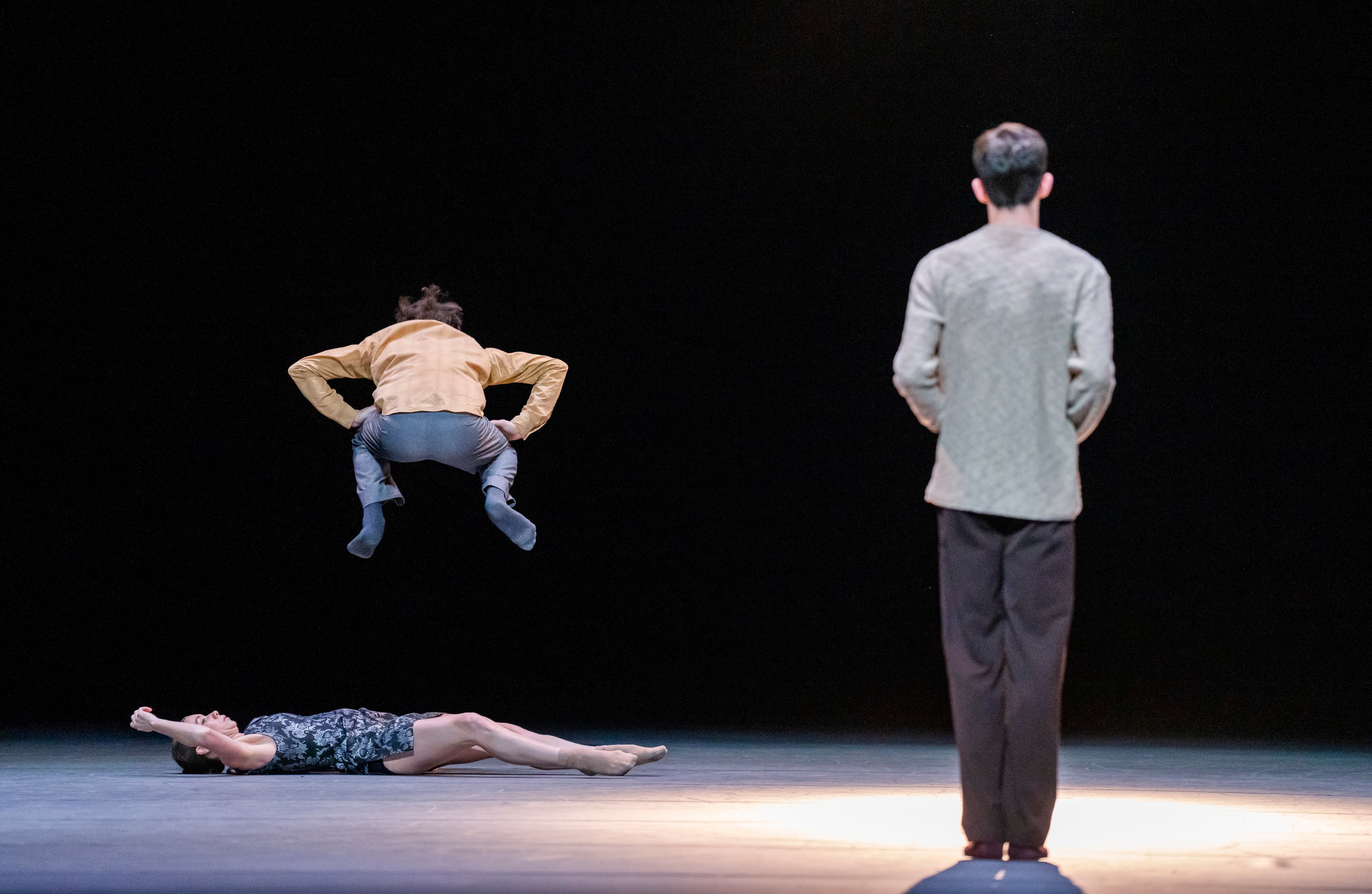
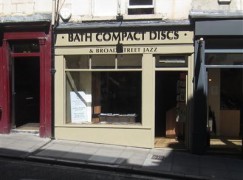
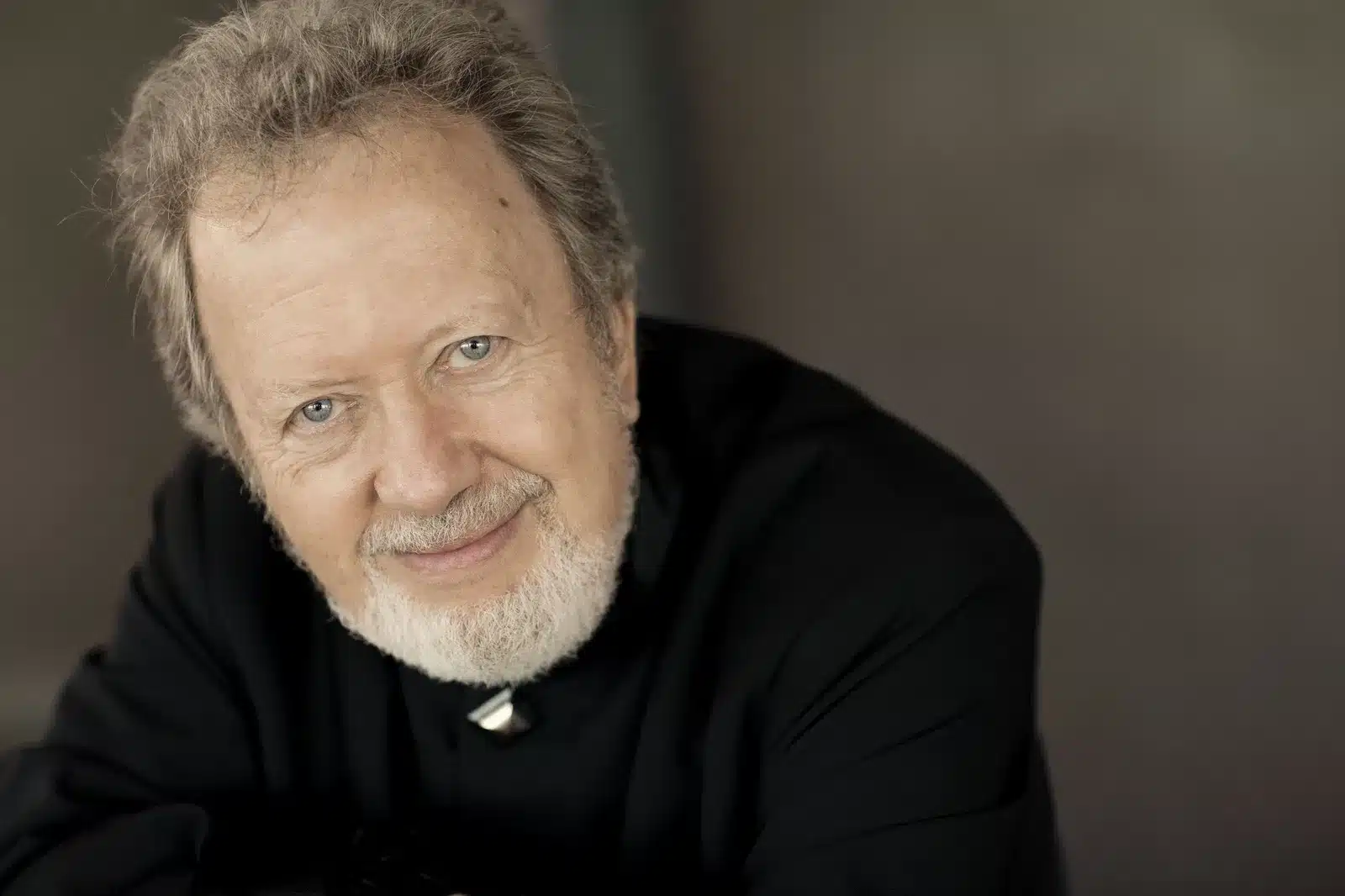
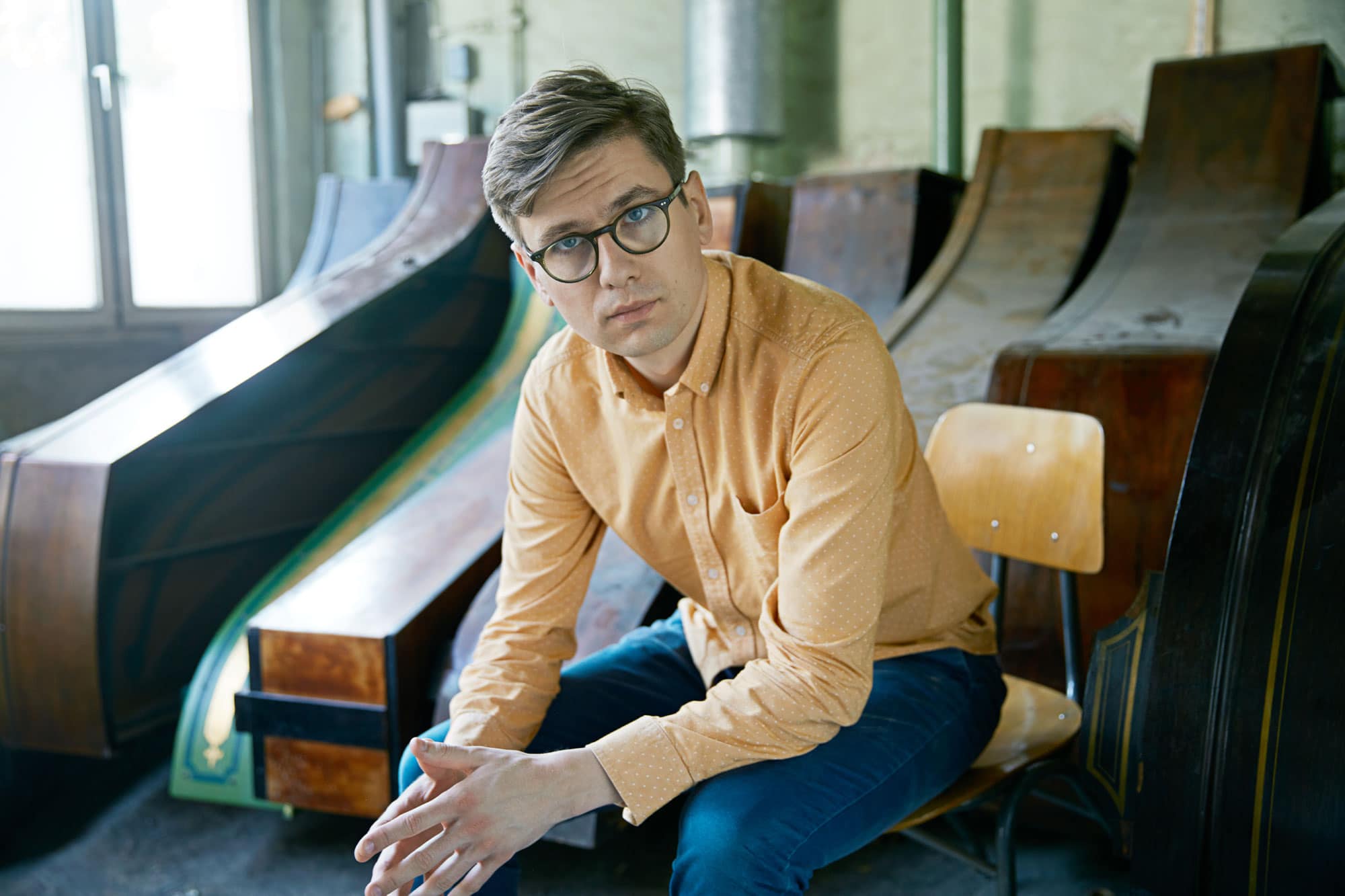
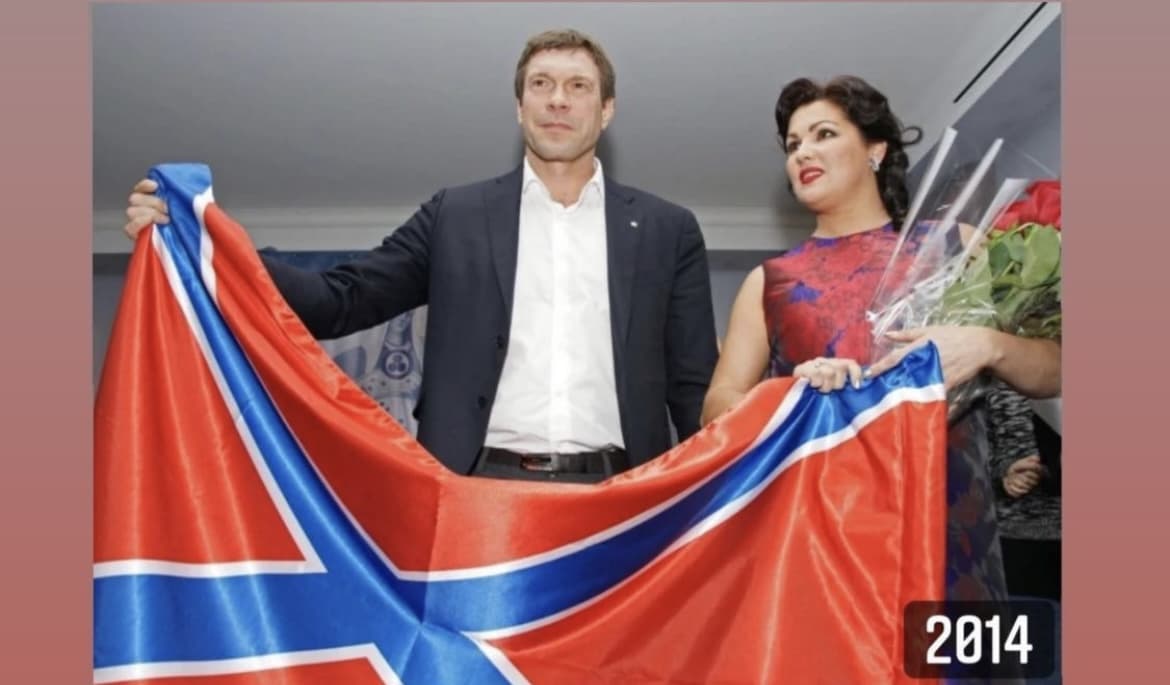
Comments